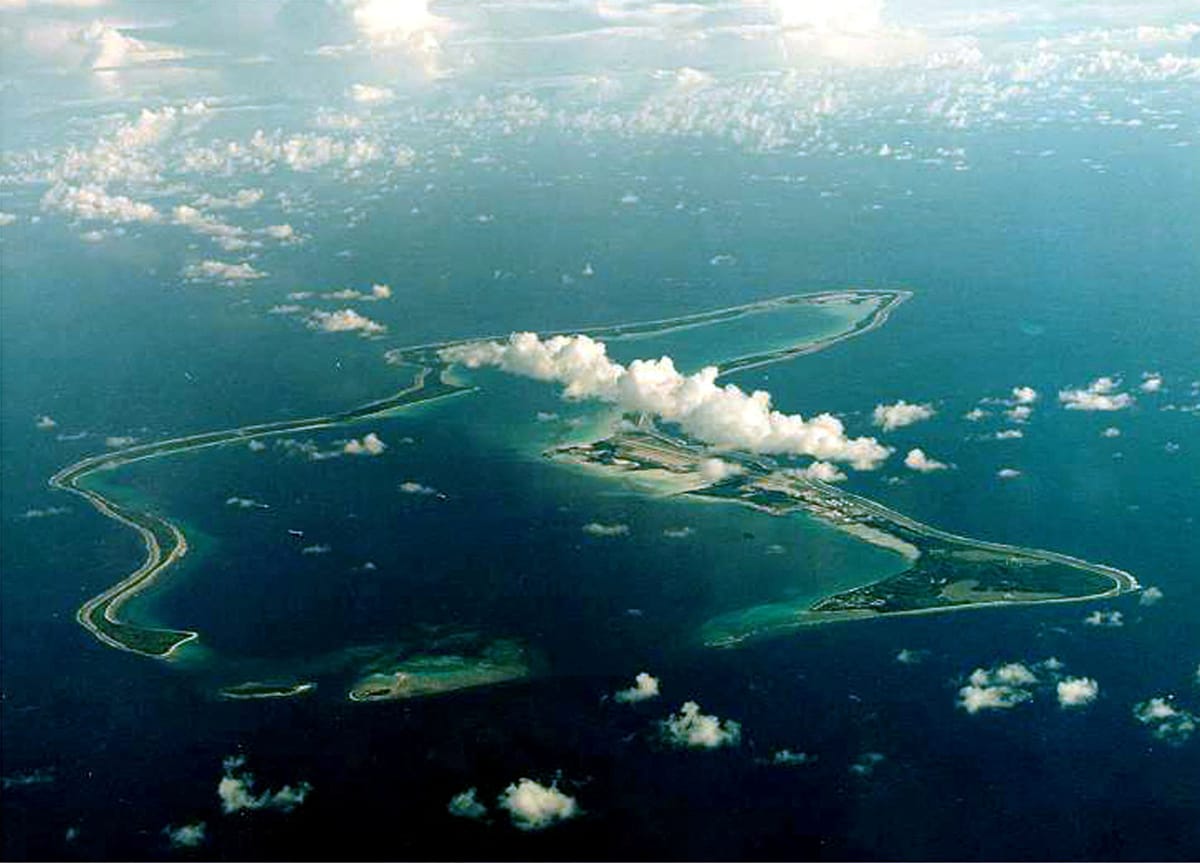Global banks and their interest in the Great Blue Wall Project
The Great Blue Wall project kicked off in 2021 during the COP26 summit in Glasgow.

A few minutes every morning is all you need.
Stay up to date on the world's Headlines and Human Stories. It's fun, it's factual, it's fluff-free.
The backstory: The Great Blue Wall project kicked off in 2021 during the COP26 summit in Glasgow. It’s meant to protect the fragile ecosystems of the Indian Ocean. With solid backing, including US$100 million from IUCN, the World Wide Fund for Nature, Irish Aid and government agencies in France and Germany, the mission is to protect 30% of the ocean across the participating nations. The goals are to restore biodiversity, capture 100 million tons of CO2 by 2030 and foster a sustainable ocean-based economy for about 70 million coastal residents. This means safeguarding key areas like mangrove swamps, seagrass meadows and coral reefs.
More recently: As the initiative gained traction, banks joined the conversation, mulling over funding options like bonds and debt-for-nature swaps – essentially, countries restructuring debts in exchange for commitments to environmental protection. Last year, big banks like Credit Suisse and Bank of America worked with The Nature Conservancy to refinance over US$1 billion in debt for countries like Belize, Barbados and Gabon. Ecuador joined in, swapping US$1.6 billion in bonds for a US$656 million loan for local conservation.
The development: Major financial players like Citigroup, BNP Paribas and Standard Chartered have also discussed financing the Great Blue Wall project. Talks involve other big banks like HSBC, Societe Generale and Rothschild, exploring options like bonds and debt-for-nature swaps. Thomas Sberna, heading efforts for coastal and ocean resilience in East and Southern Africa at the International Union for Conservation of Nature (IUCN), shared towards the end of last year that the project has already raised US$100 million and that another US$200 million would be announced soon in the form of a project preparation facility. Sberna said at the time that he expects about 20% of the US$15 billion project to be raised through debt-for-nature swaps, with Kenya, Tanzania and Mozambique likely being the first nations to benefit.
Key comments:
“The commitments are of course for the debt financial swaps to happen,” said Thomas Sberna, a regional head for Eastern and Southern Africa at the global conservation authority the IUCN.
"Corals, mangroves and seagrasses are vital organs of the ocean. Like a human body, if you don't take care of those organs, the rest of the ocean will not survive," said Sberna in 2022.
"The ocean is extremely important to the climate, to the sustainability of the earth, its supply of food, protein to enormous numbers of people. We don't monitor it very well," said Ken Johnson, GO-BGC's project director and a senior scientist at the Monterey Bay Aquarium Research Institute (MBARI) in 2021.
"Debt-for-nature swaps have been popular for the wrong reasons. And the main wrong reason is that they generate the impression that you can kill two birds with one stone, that you can address a debt problem and you can improve nature conservation," said Jeromin Zettelmeyer, director of Belgian think tank Bruegel last year.




Comments ()